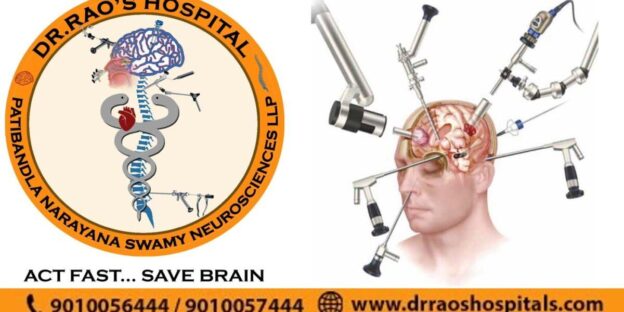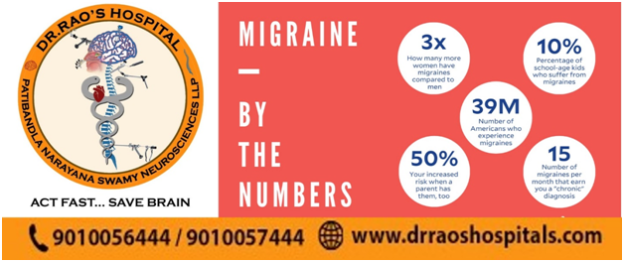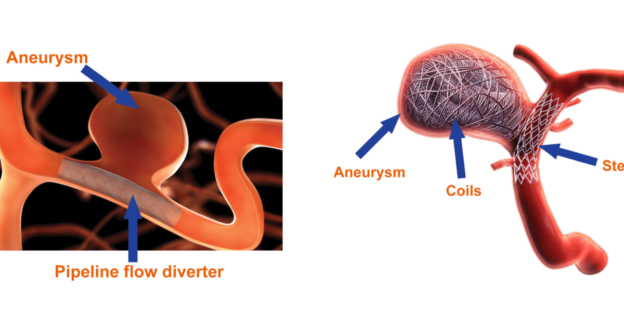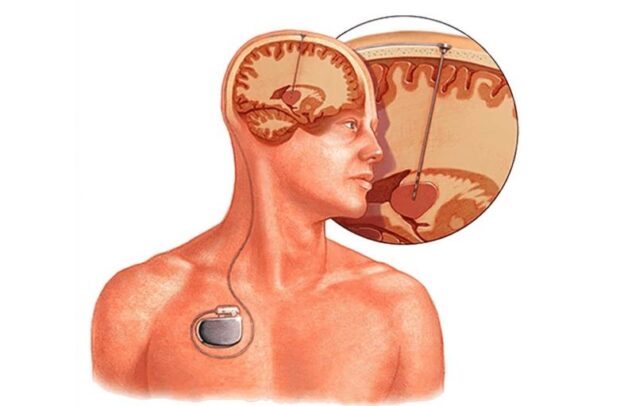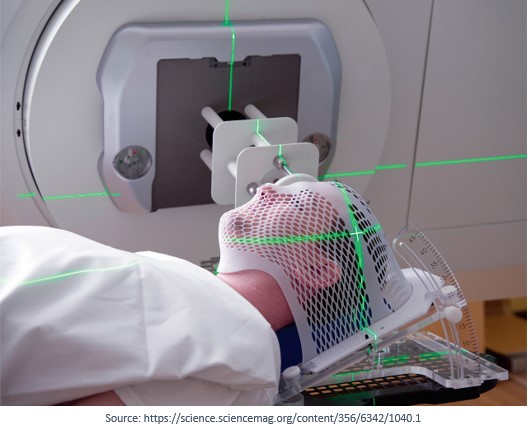The Benefits of Advanced Neurosurgery by Dr. Rao at Dr. Rao’s Hospital
When it comes to neurosurgery, precision, expertise, and advanced technology are crucial. At Dr. Rao’s Hospital, Dr. Mohana Rao Patibandla combines these elements to provide cutting-edge care for patients with neurological disorders. As a leading neurosurgeon in India, Dr. Rao’s extensive training and dedication to patient care have set new standards in neurosurgery. This blog explores the numerous benefits of advanced neurosurgery at Dr. Rao’s Hospital.
1. Minimally Invasive Techniques
One of the significant advancements in neurosurgery is the adoption of minimally invasive techniques. These procedures involve smaller incisions, resulting in less trauma to the body. The benefits include:
- Reduced Recovery Time: Patients experience quicker recovery and can return to their daily activities sooner.
- Less Pain and Scarring: Smaller incisions lead to less postoperative pain and minimal scarring.
- Lower Risk of Infection: Minimally invasive surgeries reduce the risk of infection and other complications.
2. Cutting-Edge Technology
Dr. Rao’s Hospital is equipped with state-of-the-art technology that enhances the precision and effectiveness of neurosurgical procedures. Some of the advanced technologies used include:
- Intraoperative MRI and CT: These imaging technologies provide real-time images during surgery, allowing for greater accuracy in tumor removal and other procedures.
- Neuronavigation Systems: These systems help surgeons navigate the complex anatomy of the brain and spine with pinpoint accuracy.
- Robotic-Assisted Surgery: Robots assist in performing delicate surgeries with enhanced precision and control.
3. Comprehensive Treatment for Complex Conditions
Dr. Rao’s expertise covers a wide range of neurological conditions, including:
- Brain Tumors: Advanced techniques allow for the precise removal of tumors while preserving healthy tissue.
- Spinal Disorders: Treatments for herniated discs, spinal stenosis, and scoliosis are performed minimally invasively.
- Cerebrovascular Diseases: To prevent complications, procedures like aneurysm clipping and arteriovenous malformation (AVM) treatment are conducted with high precision.
- Functional Neurosurgery: This includes treatments for epilepsy, Parkinson’s disease, and other movement disorders using techniques like deep brain stimulation (DBS).
4. Personalized Patient Care
At Dr. Rao’s Hospital, patient care is tailored to meet individual needs. Dr. Rao and his team provide personalized treatment plans based on the patient’s condition, medical history, and overall health. This patient-centered approach ensures that each individual receives the best possible care.
5. experienced and Skilled Team
Dr. Mohana Rao Patibandla leads a team of highly skilled neurosurgeons, neurologists, anesthetists, and support staff. Their combined expertise and dedication to patient care ensure successful outcomes and high patient satisfaction.
6. Enhanced Safety and Efficacy
Advanced technologies and minimally invasive techniques significantly enhance the safety and efficacy of neurosurgical procedures. Patients benefit from:
- Lower Risk of Complications: Advanced monitoring and precise surgical techniques reduce the risk of complications during and after surgery.
- Improved Outcomes: The precision of modern neurosurgery leads to better outcomes and a higher quality of life for patients.
7. Postoperative Care and Rehabilitation
Recovery doesn’t end in the operating room. Dr. Rao’s Hospital offers comprehensive postoperative care and rehabilitation services to ensure patients recover fully and regain strength. This includes:
- Physical Therapy: Tailored rehabilitation programs help patients regain mobility and function.
- Follow-Up Appointments: Regular follow-ups ensure patients recover well and address any issues promptly.
- Support Services: Psychological support and counseling are available to help patients and their families cope with recovery challenges.
Conclusion
Dr. Rao’s Hospital, under the expert guidance of Dr. Mohana Rao Patibandla, provides advanced neurosurgery with numerous benefits for patients. Patients receive the highest standard of care, from minimally invasive techniques and cutting-edge technology to personalized care and comprehensive postoperative support. If you or a loved one is facing a neurological condition, trust Dr. Rao’s Hospital to provide the expertise and compassionate care, needed for the best possible outcome.
For more information or to schedule a consultation, please call 9010056444 or visit our website, drraoshospitals.com.

